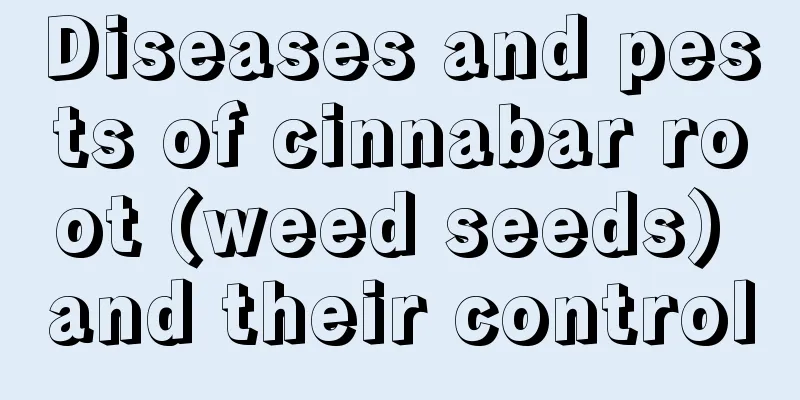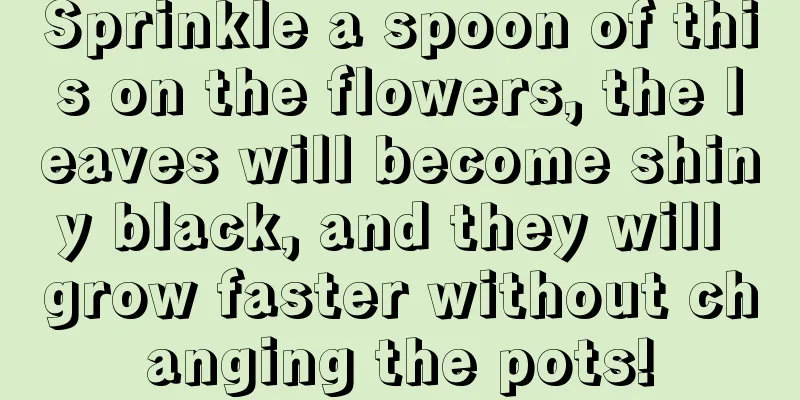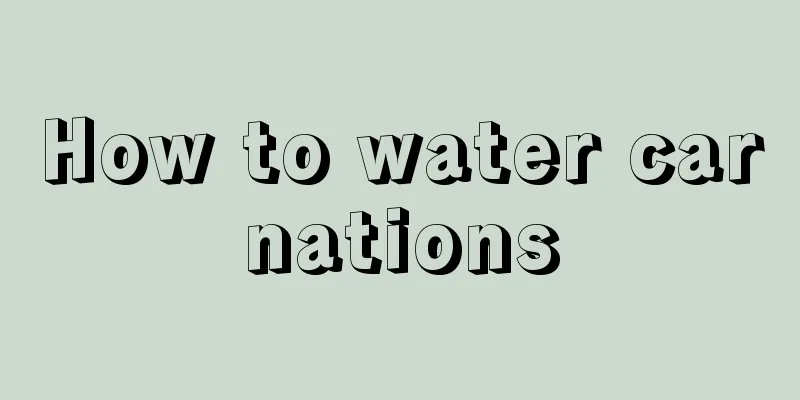Diseases and pests of cinnabar root (weed seeds) and their control

Diseases and prevention of cinnabar rootRoot-knot nematode diseaseRoot-knot nematode disease is a common disease of cinnabar root, which mainly harms the roots of cinnabar root. Once the roots are infected, nodules will appear, the roots will be reduced and eventually rot. When the disease is mild, there are no obvious symptoms on the plants on the ground. When the disease is severe, the leaves turn yellow and dry, and the whole plant may even die. Root-knot nematode disease is easily spread when the temperature is between 20℃ and 30℃, causing greater harm. To prevent and control root-knot nematode disease, you need to choose plants free of diseases and pests for planting, and the soil must be disinfected. When cinnabar roots are infected with root-knot nematodes, it is necessary to spray medicine in time and destroy the diseased plants. Stem rotStem rot is also a common disease in the maintenance of cinnabar root, especially in the seedling stage. When stem rot occurs in cinnabar root, lesions mainly appear on the stems and leaves. The stems lose moisture and gradually turn dark brown, and the leaves turn yellow and fall off. To prevent and control stem rot, the soil needs to be disinfected and sprayed with pesticides in a timely manner, such as thiophanate-methyl. Root rotRoot rot mainly harms the roots, but in severe cases, the entire plant may die. Generally, root rot is more likely to break out in hot and humid weather. Pay attention to underground pests, which may make the disease worse. Root rot is mainly prevented. In daily maintenance, you need to pay attention to prevent water accumulation in the potting soil. You can spray some pesticides for prevention and control. Pests of Cinnabar Root and Their ControlaphidAphids are the most harmful pests to cinnabar root. They will suck the juice from the stems and leaves of cinnabar root and cause the leaves to turn yellow and curl up. Generally, the damage is more serious during the dry season. Generally, when aphids occur, spraying pesticides is a good choice. The pesticides that can be used include aphid-killing emulsions and other insecticides specifically for killing aphids. However, you must pay attention to the time when spraying to detect the pests early so that you can treat them early. Moth pestsThis plant will also suffer from some moth pests, such as the beet armyworm and the fall armyworm, which will damage the leaves, affect the growth of the cinnabar root and reduce its ornamental value. To prevent and control moth pests, the main thing is to remove diseased leaves, reduce the source of infection, or lure and kill the pests. In addition, you can also spray pesticides. |
<<: Nandina domestica pests and diseases and their control methods
>>: Prevention and control methods of Aspergillus rot disease of Kylin palm
Recommend
Can Malan be potted?
Can Malan be potted? Amaranth can be grown in pot...
How to repot lucky bamboo
1. The purpose of repotting The matrix contains v...
Maintenance method of potted Ligustrum lucidum
1. Pot soil selection The plant of potted Ligustr...
The efficacy and function of centipede grass
1. Detoxification Centipede grass has a strong ef...
Can vitamin E be used to water flowers? What flowers can be watered?
Can vitamin E be used to water flowers? Vitamin E...
The efficacy and function of red plumeria
Watch The red frangipani can grow up to 5 meters ...
How to care for geranium in summer
Key points for geraniums to survive the summer If...
How often should I water the lucky clover?
How often should I water the lucky clover? Genera...
How to propagate radish
sowing It is easy for morning glory to germinate ...
The difference between the peace tree and the happiness tree
1. Difference in appearance The peace lily is an ...
Can the golden diamond flower be placed in the bedroom?
1. Is it possible? It can be placed in the bedroo...
The growing environment and local conditions of pitaya
Dragon fruit growth environment and conditions Dr...
Is walnut planting profitable? Planting prospects and profit analysis
Is growing walnuts profitable? The current econom...
Can lychees be grown in Guizhou?
Can lychees be grown in Guizhou? Litchi can be gr...
Is the yield of litchi high? What is the yield per mu?
Is the lychee yield high? The yield of litchi is ...









